I have the following code, which plots 4 lines:
plot for [i=1:4] \
path_to_file using 1:(column(i)) , \
I also want to plot 8 horizontal lines on this graph, the values of which come from mydata.txt.
I have seen, from the answer to Gnuplot: How to load and display single numeric value from data file, that I can use the stats command to access the constant values I am interested in. I think I can access the cell (row, col) as follows:
stats 'mydata.txt' every ::row::row using col nooutput
value = int(STATS_min)
But their location is a function of i. So, inside the plot command, I want to add something like:
for [i=1:4] \
stats 'mydata.txt' every ::(1+i*10)::(1+i*10) using 1 nooutput
mean = int(STATS_min)
stats 'mydata.txt' every ::(1+i*10)::(1+i*10) using 2 nooutput
SE = int(STATS_min)
upper = mean + 2 * SE
lower = mean - 2 * SE
and then plot upper and lower, as horizontal lines on the graph, above.
I think I can plot them separately by typing plot upper, lower but how do I plot them on the graph, above, for all i?
Thank you.
